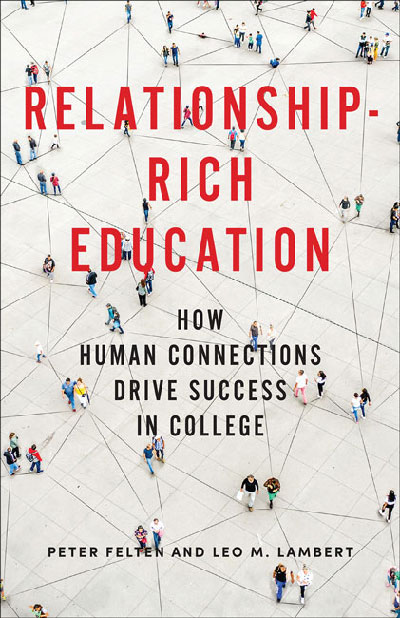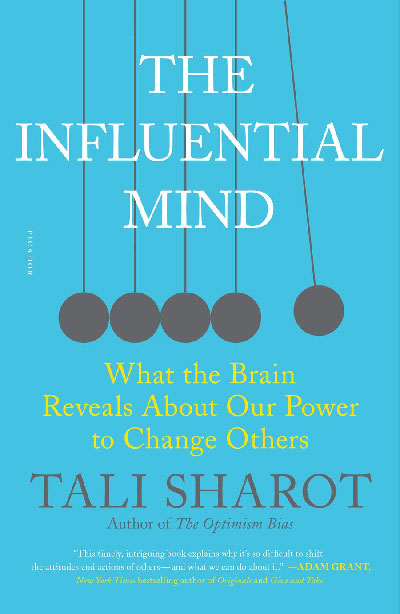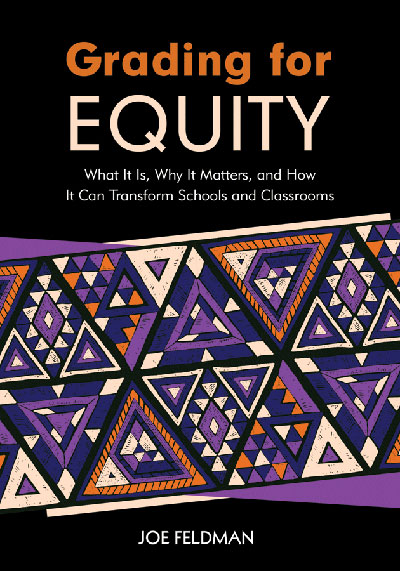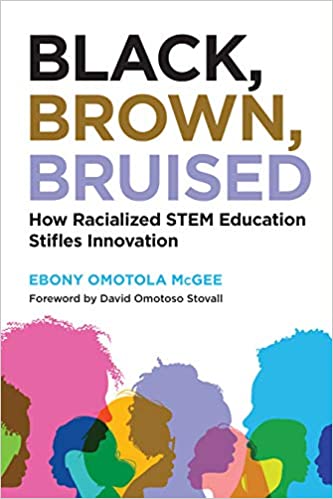Staying Connected During Quarantine & Isolation
If you are feeling so tired of this pandemic, we’re right there with you. Because of the latest surge, we’re all noticing more student absences and requests for alternate ways to keep up with the class. Since we absolutely do not want ill or potentially contagious students coming to classrooms, we’re grateful that they’re reporting, isolating and quarantining. But this presents additional challenges for our teaching, since not only must we make plans for helping students stay on track if they have to miss several class sessions, we also need to take extra care to protect and foster the classroom community that makes powerful learning possible.
How do we make sure students stay on track with the learning?
This teaching situation is difficult to navigate, and it’s easy to feel unmoored, so we’d like to offer two priorities to keep in mind. 1) Like doctors, we should seek first to do no harm. In other words, we should make any adjustments needed so that students who have to be absent are not penalized. 2) We should return to the learning goals as we find ways to keep students on track: What are the priorities? What was the instructional purpose of each assignment or activity? How can students continue to make progress toward the most important goals while they have to be out of the physical classroom? For more specific advice, here are a few resources:
- “Strategies for Flexible Course Delivery” and “Designing Online Discussion Activities” from ODL
- “Recovering After Absences” and “Making the Most of Small Groups” from CAT
- Resources for Technology Enhanced Classrooms from ITS
Since every course is different, we’re also happy to work with you one-on-one to devise a plan.
How do we stay (or how do we even get) connected?
The classroom community is more difficult to establish and to sustain in our current conditions as well. Faculty are working to get to know their students while students are unable to make it to class. We know these efforts are worthy of our care and attention because, as Felten and Lambert write:
Decades of research demonstrate that peer-to-peer, student-faculty, and student-staff relationships are the foundation of learning, belonging, and achieving in college. Students’ interactions with peers, faculty, and staff positively influence the breadth and depth of student learning, retention, and graduation rates, and a wide range of other outcomes, including critical thinking, identity development, communication skills, and leadership abilities.
We want students to stay connected with us, and with each other, despite absences, too. The longer we go without communicating, the more they (and we) may feel like the connection falls apart, so even if students have to miss class, they should stay in communication with us (and others) as much as possible. Sometimes students, especially first-year students, can have an “ostrich response” after several absences; they may give up and stop going to class and hope the course will just go away. Staying connected with us and with peers can help them avoid that.
Helping students stay connected, and cultivating the classroom community will look different in each class, of course. It will be helpful to have multiple sites or methods of communication. For example, in large classes, students might be able to stay connected to TAs or LAs, who can reach out and help them stay on track. Whether or not you have a teaching team, it can also be helpful to create small groups on Canvas, in class, on Zoom, etc. Students can work together, study together, and help to keep one another on track in the course.
Sometimes students do feel awkward forming new relationships with classmates, or they may not yet understand why those relationships are important, but we can help them along. We can explain the benefits of learning together both inside and outside of class, and we can create opportunities for students to meet, to share whatever contact information they’re comfortable sharing, and to form study groups who can meet regularly throughout the semester. (This could also be an opportunity to introduce them to better study strategies.)
If you’d like to read more about creating a relationship-rich environment in your courses, you can join us for a faculty reading group (advertised below) on Peter Felten and Leo M. Lambert’s new book, Relationship-Rich Education, in which they explain, “One-on-one mentoring is powerful, yet it is expensive to structure and nearly impossible to scale to all students; relationship-rich environments, on the other hand, are a flexible and affordable means to connect every student to the transformative ends of higher education.” We look forward to discussing this and other topics with you!
SPRING FACULTY READING GROUPS
This semester, CAT is offering the following faculty reading groups. Each group will meet once a week for three weeks to discuss the books in sections. All of the books will be print copies, normally sent through interoffice mail, so please let us know if you’ll be located outside of Tallahassee. We hope you can join us! Please register here.
Relationship-Rich Education: How Human Connections Drive Success in College
 Wednesdays: 1/26, 2/2, 2/9
Wednesdays: 1/26, 2/2, 2/9
2:00–3:30 p.m. on Zoom
Print copy, delivered through interoffice mail
Click here to explore the book Relationship-Rich Education: How Human Connections Drive Success in College.
The Influential Mind: What the Brain Reveals About Our Power to Change Others
 Thursdays: 1/27, 2/3, 2/10
Thursdays: 1/27, 2/3, 2/10
2:00–3:30 p.m. on Zoom
Print copy, delivered through interoffice mail
Click here to explore the bookThe Influential Mind: What the Brain Reveals About Our Power to Change Others.
Grading for Equity: What It Is, Why It Matters, and How It Can Transform Schools and Classrooms
 Tuesdays: 2/15, 2/22, 3/1
Tuesdays: 2/15, 2/22, 3/1
2:00–3:30 p.m., format TBD
Print copy, delivered through interoffice mail
Click here to explore the bookGrading for Equity: What It Is, Why It Matters, and How It Can Transform Schools and Classrooms.
Distracted: Why Students Can’t Focus and What You Can Do About It
 Thursdays: 2/17, 2/24, 3/3
Thursdays: 2/17, 2/24, 3/3
2:00–3:30 p.m., format TBD
Print copy, delivered through interoffice mail
Click here to explore the bookDistracted: Why Students Can’t Focus and What You Can Do About It.
Black, Brown, Bruised: How Racialized STEM Education Stifles Innovation
 Thursdays: 3/31, 4/7, 4/14
Thursdays: 3/31, 4/7, 4/14
12:00–1:30 p.m. on Zoom
Print copy, delivered through interoffice mail
Click here to explore the bookBlack, Brown, Bruised: How Racialized STEM Education Stifles Innovation.



